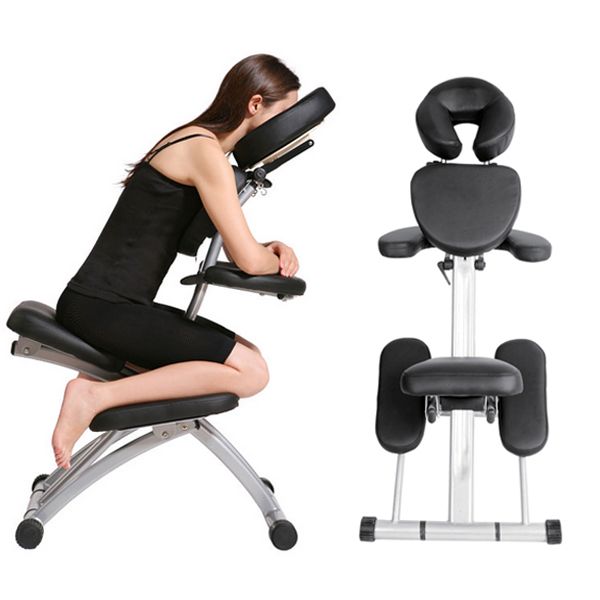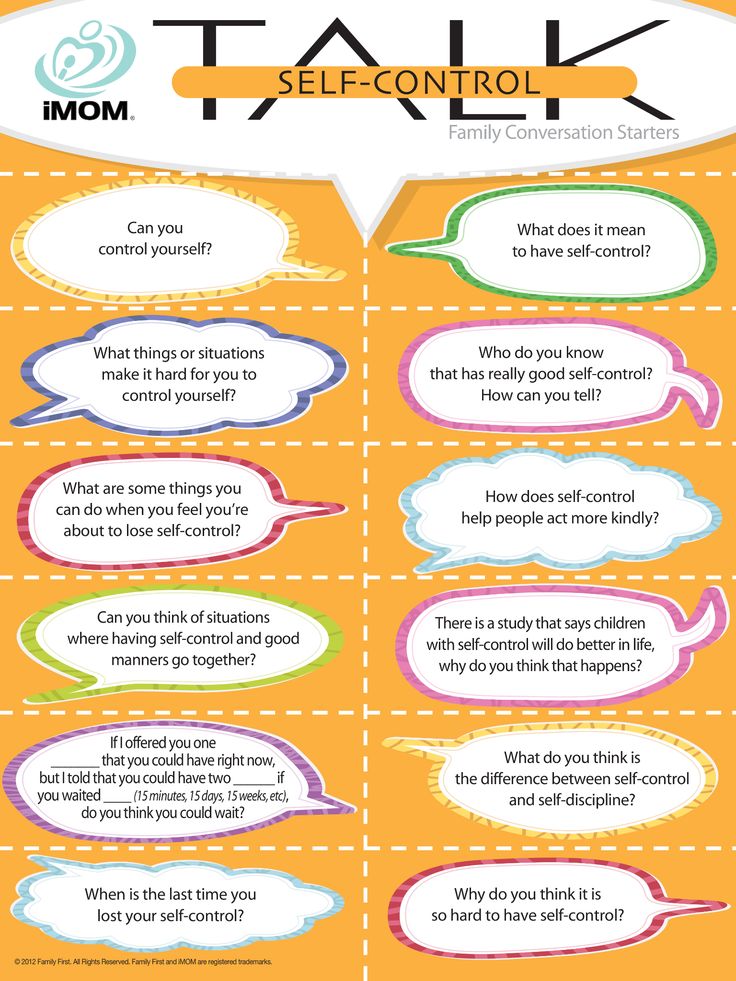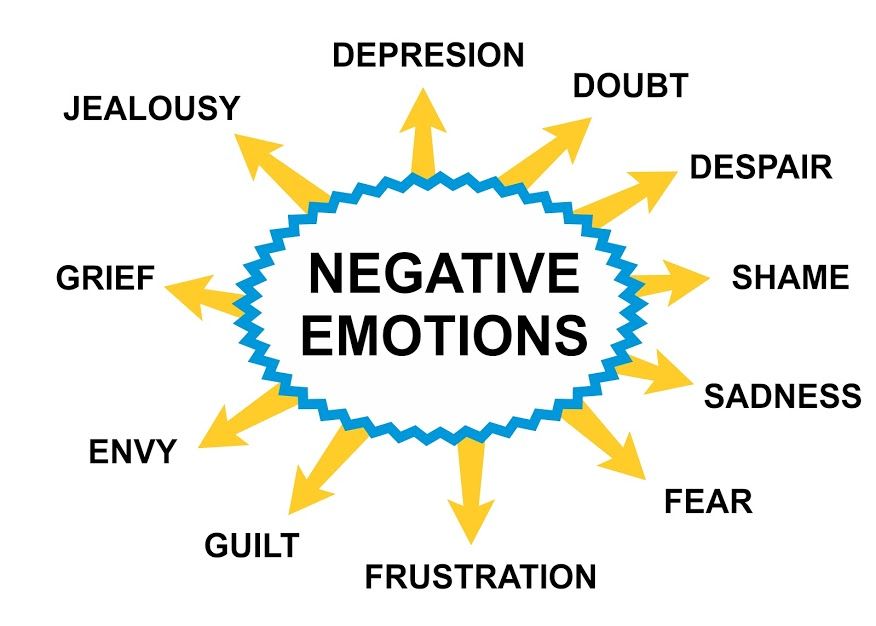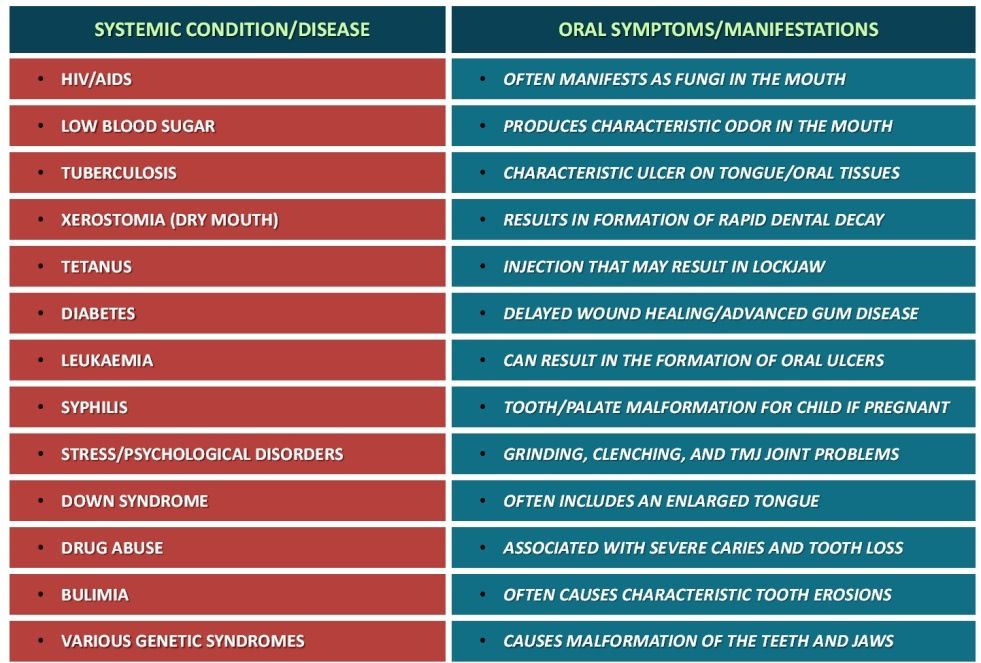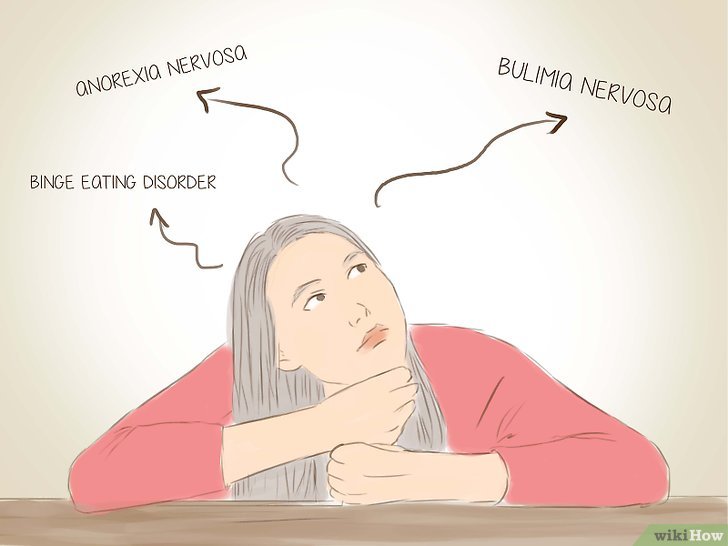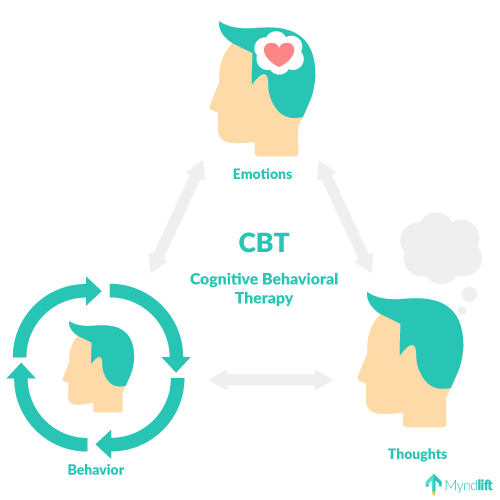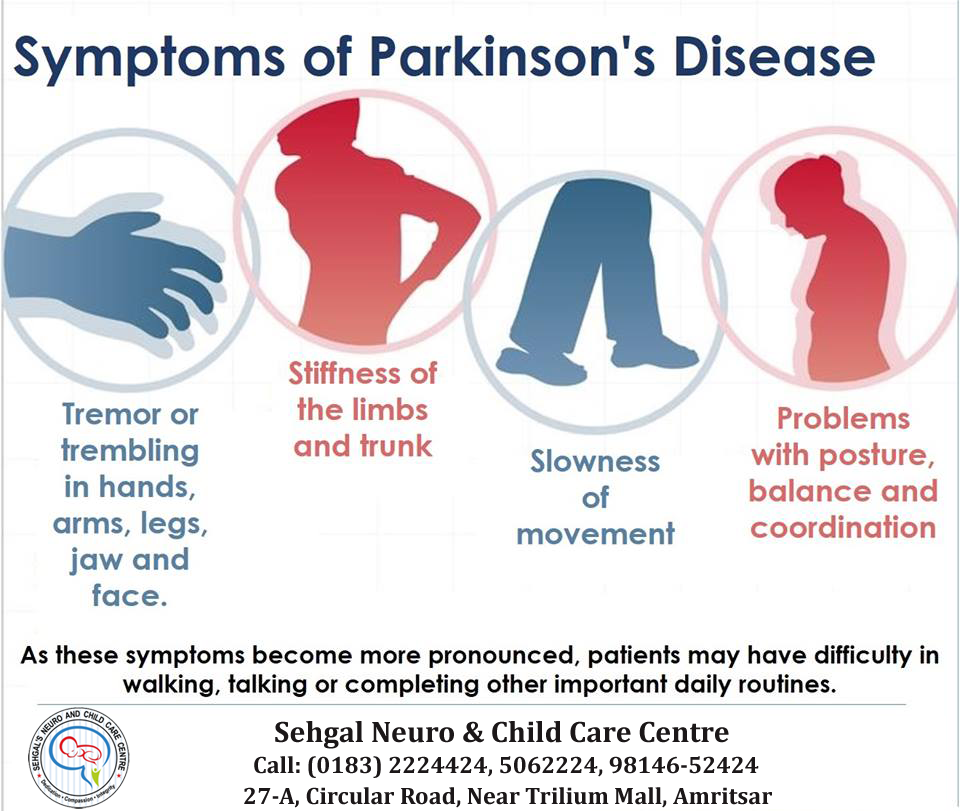Two chair therapy
6 Steps to the 2-Chair Process: Gestalt Therapy at Home
Haven
ByThe Haven
By Wayne T. Dodge MD, MPH, DipC
If you’ve been to Come Alive at The Haven, there’s a good chance you’ve participated in or witnessed some Gestalt-type work or more specifically what is called a “2-chair process.” Many participants have found profound healing and transformation with this modality.
Although I have a strong preference for work in groups – or at least with an other person – in this time of physical distancing this may not always be possible. If there is something that you’re wanting to work on and there is no immediate ‘other’ – either physically present or available through the miracle of Skype/Zoom/FaceTime etc. – the processes that we use at The Haven can still be used profitably.
The 2-chair process is a technique most often associated with Gestalt Therapy – and specifically with Fritz Perls. In this process, the client identifies a ‘name-able’ thing/other with whom they are having ‘stuck energy’. Stuck-ness is most often identified as being a problem, an attraction, an obsession, … This can be with another person (my mother, my partner, my boss, …) – or a ‘part’ of myself – (my self-hate, my anger, my fear, …) – or even an idea/concept/group … – (COVID, the Church, Republicans, …). The key is being able to ‘name’ this – and preferably with a relatively simple name. The reason for simplicity will be obvious as we proceed.
How to do a 2-chair process (in the midst of a pandemic):
The first step in 2-chair work is to confirm your intention in the work. This is a process designed to uncover, explore, further understand the dynamic that is happening (the ‘stuck-ness’ of the energy). It is NOT designed/intended to resolve, complete, solve or fix the stuck-ness. This is a possible outcome of the process, but not its intent.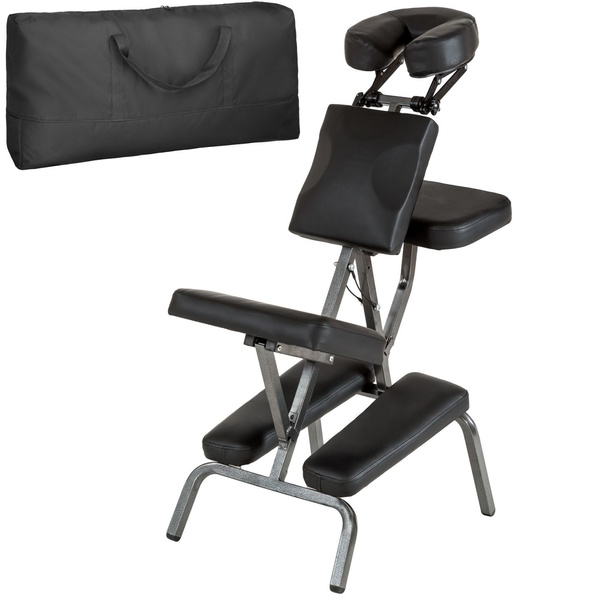 The ‘success’ of 2-chair work depends on avoiding focus on a specific desired outcome (as best as we’re able). The intent is to remain in ‘here-and-now’ as much as possible to discover (uncover) the ‘what-is-ness’ of what is happening.
The ‘success’ of 2-chair work depends on avoiding focus on a specific desired outcome (as best as we’re able). The intent is to remain in ‘here-and-now’ as much as possible to discover (uncover) the ‘what-is-ness’ of what is happening.
If my firm intention is such a specific outcome – this does NOT mean that I cannot proceed – it only limits the possibilities of what can unfold. And I might wish to expend my energy elsewhere. Particularly if I have done something similar before – and are back at the same ‘starting place’; it may be that I’m actively participating in re-creating the ‘trauma’ that I’m attempting to ‘fix’. It is always your choice to proceed if you wish, but please keep in mind the definition of insanity (doing the same thing over and expecting a different outcome).
Then, if doing this on your own, you will need to keep a part of yourself ‘apart’ – as an observing ego/leader. Like any good leader, this portion of yourself may fade into the background, but if at any time the process feels too chaotic/ungrounded, the observing ego is the energy to come forward and ‘take charge.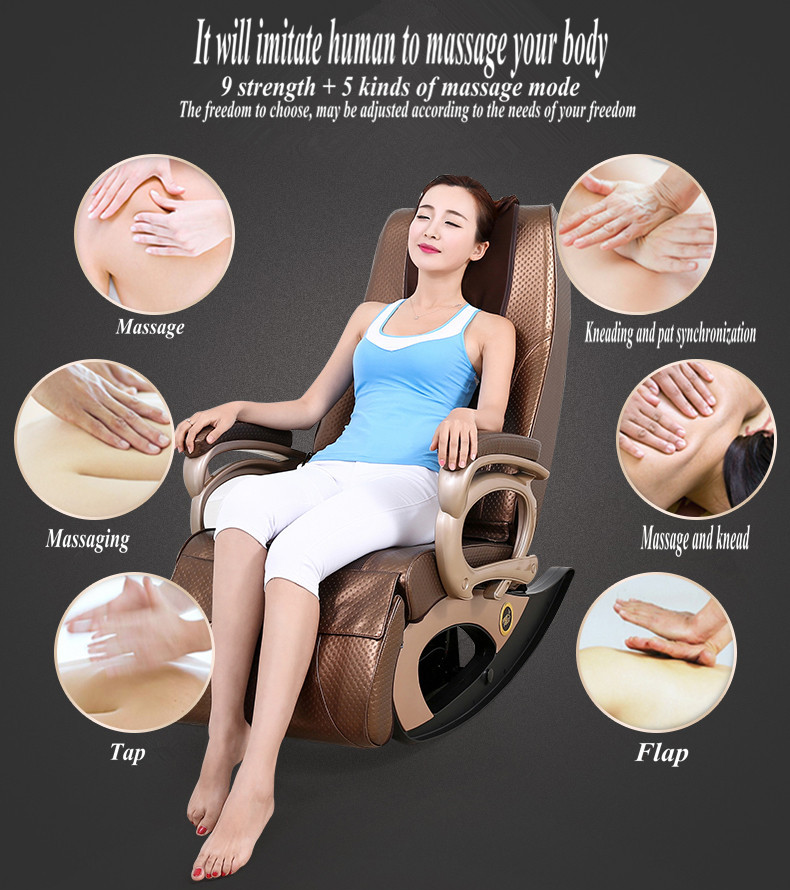 ’
’
Then proceed to the process itself. This requires physicalizing the two ‘parts’ – ‘me’ and whatever it is that I have named – the ‘named-thing’. This will require two chairs or cushions – and the ability to move from one to the other.
6 Steps to the 2-chair process (while social distancing):
Identify and reflect on what you want to say to the ‘named -thing’ sitting across from you:
1. BreatheThis is most often focused, slightly hyper-ventilatory breathing – to ‘charge’ the process – bring more energy into the ‘here-and-now.’
2. Begin talking to the ‘named -thing/person’Using the name, speak to it as if it were a real thing sitting in front of you.
3. Continue speakingAs long as there is ‘energy’ in the words, keep going. Once the energy starts to wane, fade, falter move on to Step 4.
4. Move over onto the other cushion.
Move over onto the other cushion. Take several breaths to ‘energize’ and ‘become’ the ‘named -thing’. Bring the qualities/nature of the ‘named -thing’ to mind and move your body into an expression of those qualities. Then respond to what you (now the ‘named -thing’) have just heard from the ‘you’ who was sitting in the opposite chair. Continue talking as long as there is a sense of ‘energy’ in what is being said. Once that wanes/fades/falters/… Pause, and if nothing else arises, continue to Step 5.
5. Move back onto the original chair.Breathe and reflect on what has just been said – and see if there is more to express. If so, continue back and forth until there is no more ‘movement’ of energy – or you’ve reached whatever time limit you have. End up in the first chair (that is as ‘you’, not the ‘named’ thing).
6. Breathe.Reflect on your experience.
Hints:
- Use the name of that which is in the chair opposite you repeatedly and often.
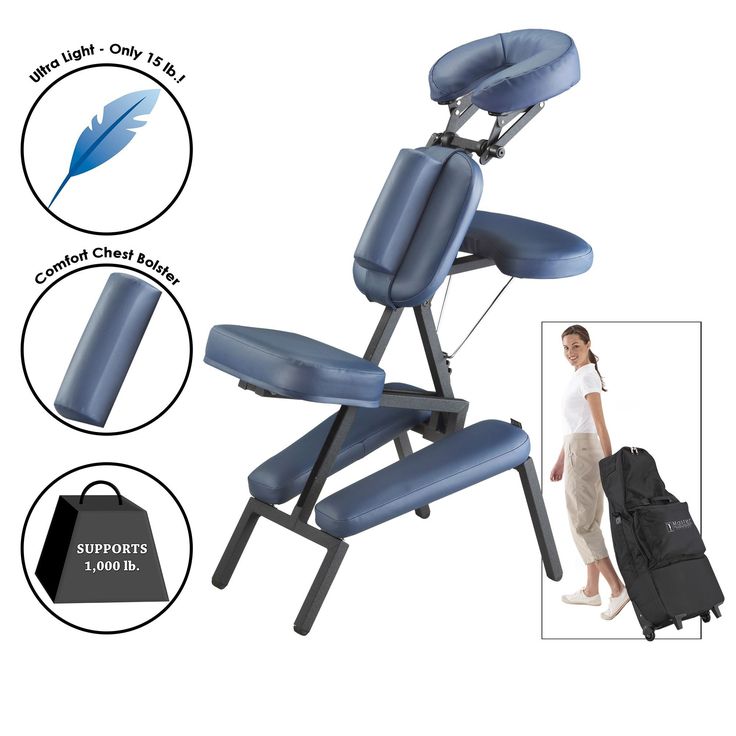 This often helps with keeping the energy alive. You can see that if you’re talking to “He-Who-Must-Not-Be-Named” and have to say that repeatedly, whatever drama is taking place often switches into comedy. So, keep the name as simple as possible.
This often helps with keeping the energy alive. You can see that if you’re talking to “He-Who-Must-Not-Be-Named” and have to say that repeatedly, whatever drama is taking place often switches into comedy. So, keep the name as simple as possible. - If energy is starting to lag, check to see if you’re still breathing actively first, before doing any switch of chair.
- If you move to an complementary process (such as physical expression of anger), make sure that it is ‘you’ and not the ‘named-thing’ doing that.
- If you’re having any difficulty with the process, remember you can always stop it by opening your eyes, focusing on something in the room and slowing your breathing. Just keep your focus on something present in the room and focus on keeping your breathing slow for a couple minutes. If there is someone else with you, even better – look into their eyes and keep your breath slowed down. Then you can look back and consider ‘where’ and ‘how’ you became ungrounded – and possibly understand more of the ‘why’.
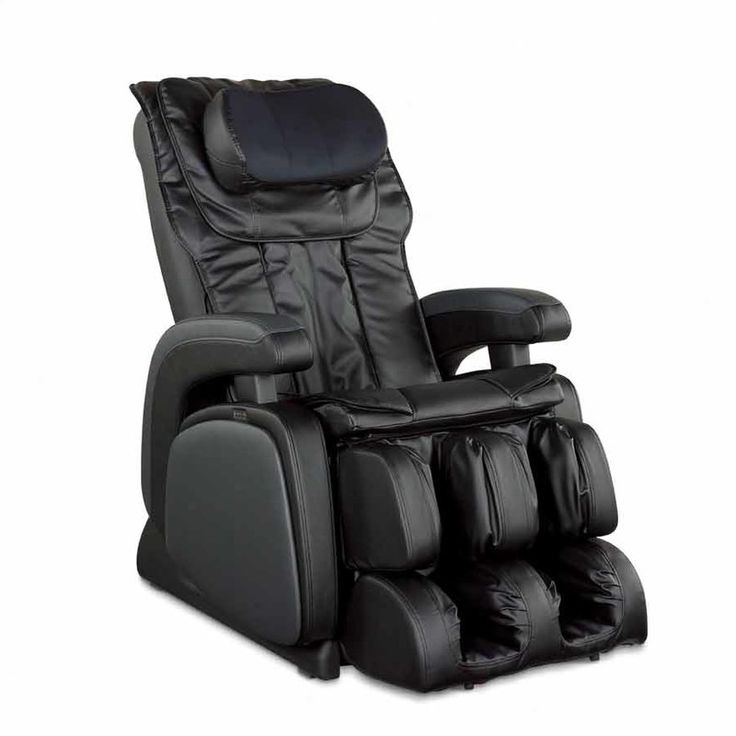 This is also valuable learning.
This is also valuable learning.
Be compassionate with yourself afterwards. Give yourself time to witness your work – and be witnessed by yourself – this is often the greatest time of ‘healing’ – in the understanding that can come after the official ‘process’.
About the Author:Wayne Dodge MD, MPH, DipC has been associated with The Haven since 1981. He was the Clinical Director of an 18-practitioner Medical Clinic and administered the AIDS program for a large medical organization for 15 years. He has led Come Alive, Living Alive 1: Self Awareness, and Haven-Style Theories & Practices of Transformation (formerly: New Horizons: Phase III). With Gwen Ewan, he co-created Self-Compassion and a series of programs on Haven skills. He is a proud grandfather who is enjoying retirement and spending time in Seattle with his husband and partner of more than 30 years.
Similar Posts
Haven
Moving into Connection
ByThe Haven
Catherine Fallis describes the potent combination of attachment theory and Authentic Movement in learning to work effectively as a group leader, therapist, team manager, or parent.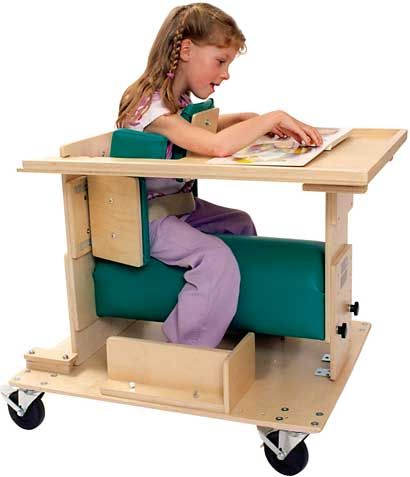 By Catherine Fallis….
By Catherine Fallis….
Read More Moving into ConnectionContinue
Haven
February eNews ICYMI
ByThe Haven
The February eNews is here! Read about our new web site, Haven Q&A, a new free teleconference, what’s coming up and much more. Sign up using the…
Read More February eNews ICYMIContinue
Haven
Activating Community
ByThe Haven
By Cathy McNally As I continue learning to live alone, life is good. Just returned from a wonderful family reunion in an area with abundant sun, white sand,…
Read More Activating CommunityContinue
Chairwork | Types of Therapy
Dialogue takes on a whole new level with chairwork, a therapeutic exercise in which a client hosts back-and-forth conversations to heal, transform, and gain insight internally.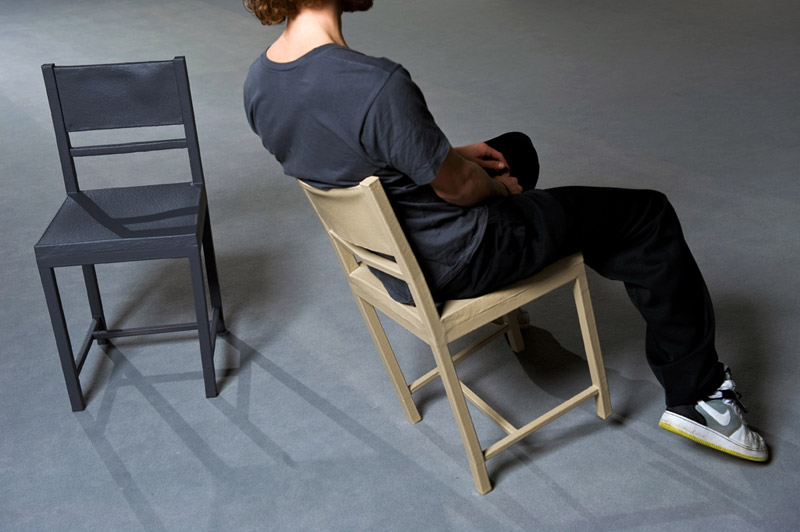
Read on to learn more about what a chairwork session entails and whether it might be right for your needs below.
What is chairwork?
Chairwork is an experiential method of psychotherapy that is based on the belief that it is healing and transformative for people to speak from their inner voices, parts, or selves and for them to enact or re-enact scenes from the past, the present, or the future.
Chairwork has roots in psychodrama and Gestalt therapy. It can take several forms, though it typically entails two chairs and role play. Two common chairwork scenarios are:
- Empty chair: The client acts as though a person from their life is in the empty chair, and speak to them as if they were there.
- Two chairs: The client moves back and forth between two chairs, either acting out both parts of the role play, or having an imagined conversation with two different parts of themselves.
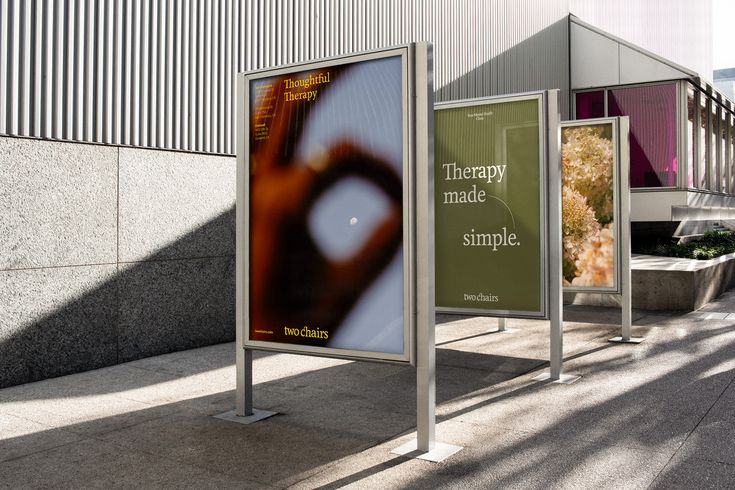
Chairwork can be effective in efforts to better understand the point of view of others, or to navigate feelings around “unfinished business,” such as abandonment and abuse.
Chairwork can be incorporated into many other modalities, including Gestalt therapy, process-experiential therapy, re-decision therapy, cognitive-behavioral therapy (CBT), and schema therapy. It is typically introduced as part of a long-term therapeutic relationship, within the context of ongoing treatment.
How does chairwork work?
Clients work directly with their therapists to identify an unresolved conflict – either internal, or with someone else. Clients work through the conflict using role play techniques.
What are the goals of chairwork treatment?
Chairwork invites clients to more directly confront what they’re dealing with. It is designed to reduce a variety of issues, including self-criticism, rumination, shame, indecision, and unresolved feelings towards others.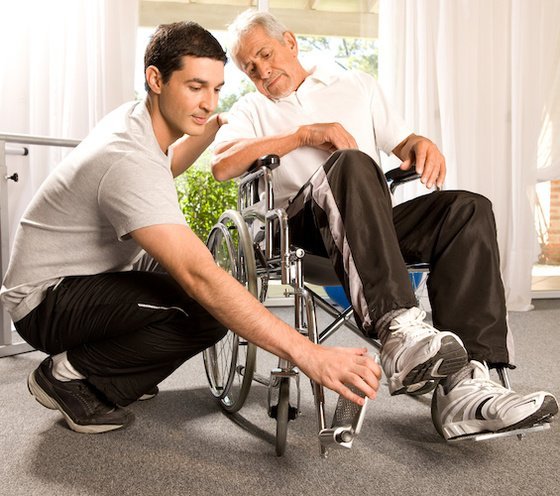
Structure of chairwork sessions
The patient and the therapist identify a problem or a source of suffering that they wish to address or alleviate.
The therapist then sets up two or more chairs, and the patient uses them as anchors for dialogues with people or figures from their past, present, or future.
Alternately, they may have internal dialogues with critical voices, parts that are in pain or are very frightened, and with parts that are engaging in addictive or other destructive behaviors.
The therapist coaches the patient through this work so that the patient can have a courageous and emotionally intense experience.
What can chairwork help with?
In terms of diagnoses, chairwork can be used with any emotional problem, as long as the patient is capable of engaging in psychotherapy.
In actual practice, it is best suited for individuals who want to have a therapeutic experience that is active and intense, and which leads to more rapid change and healing.
Specifically, chairwork has been used in the treatment of:
- Anxiety
- Depression
- Eating disorders
- Post-traumatic stress disorder
- Substance misuse
- Personality disorders
- Childhood trauma
- Unresolved grief
With support and guidance from the therapist, the client creates a dialogue and grows to process experiences and emotions, and learns to more confidently assert themself, understand the viewpoint of others, forgive, and hold others accountable.
Which types of therapists offer chairwork in their sessions?
Therapists who offer chairwork often include:
- Schema Therapists
- Emotion-Focused Therapists
- Clinicians who have participated in the Transformational Chairwork training
Some Gestalt therapists do Chairwork, while others do not.
Chairwork: A final note
Chairwork is an emotionally intense form of therapy. Some patients find this to be challenging and, in response, the therapist can make adjustments in terms of the speed and intensity with which the dialogue work proceeds.
However, it is important to keep in mind that for real healing to occur it is often necessary to have an in-depth encounter with difficult memories and feelings. Therapies that do not evoke high levels of emotion may, ultimately, be less effective.
Chairwork is one of the most powerful vehicles for healing in all of psychotherapy. For patients who are willing to engage with it, this kind of dialogue practice can help them: (a) effectively engage and heal their inner suffering; and (b) find and use their voice and act with courage in the world.
Find vetted therapists who practice Chairwork
- California
- Colorado
- Connecticut
- Florida
- Indiana
- Louisiana
- Maryland
- Massachusetts
- Michigan
- New Hampshire
- New Jersey
- New York
- Oregon
- Pennsylvania
- Rhode Island
- Texas
- Utah
- Virginia
- Washington
- Washington DC
Therabody Lounge Chair
Javascript is disabled in your browser.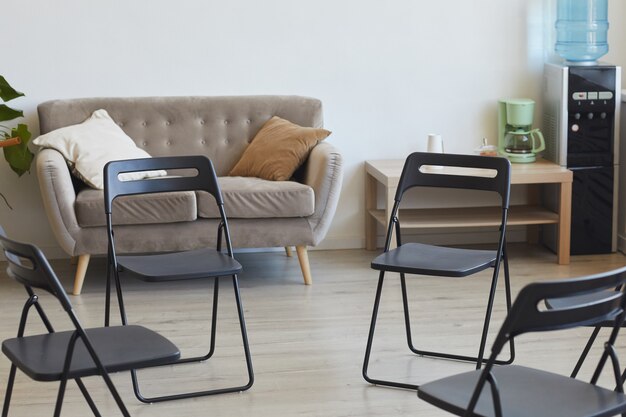 Please enable it so that you can fully enjoy the features of this website.
Please enable it so that you can fully enjoy the features of this website.
DescriptionBenefits
Therabody Zero Gravity Lounge Chair combines sound and vibration therapy to completely relax the body. TheraSound technology acts on the body with sound and vibration in multi-sensory mode for deep relaxation, concentration and better sleep. nine0006
Specifications
- Fully adjustable seat
- Zero gravity for maximum relaxation
- Integration with TheraSound audio content for relaxation, sleep, stress reduction, less muscle tension and pain, and improved mobility
- SoundHearts speakers are located along the entire lounger for simultaneous therapy of the whole body
- Quick access control panel
- Easy integration with music and video streaming services and gaming platforms
Reduce stress and deep relaxation
Improve blood circulation
Reduce pain
Improve mobility and range of motion
6 muscle tension
-
ColorBlack
Features
What's Included
- Therabody Chaise Lounge Chair
- Headrest cushion with cover
- External audio cable
- Built-in audio amplifier
- Power adapter
- TheraSound technology (combined with audio content)
Upright Dimension
114cm x 76cm x 124cm
(45" x 30" x 49")
Flat Dimension
170cm x 76cm x 71cm
(67 inches x 30 inches x 28 inches)
Power Source
Food adapter 9000
Guarantee
TheraSound technology consists of SoundHearts hardware, clinically tested audio content designed with binaural beats, variable frequency and pitch, and a mobile app.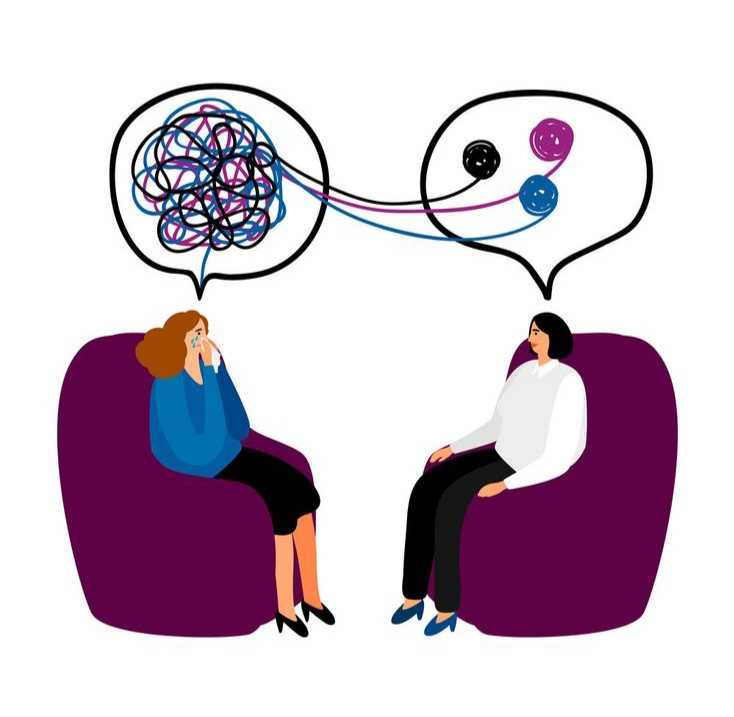 nine0006
nine0006
What are SoundHeats?
SoundHeats is a TheraSound hardware component that allows you to feel and hear sound.
What is vibroacoustic therapy?
TheraSound uses Vibroacoustic Therapy (VAT), which combines the benefits of sound and vibration at the same time. Built-in SoundHearts hardware allows the lounger to produce a therapy that can be heard and felt by the body, called "tactile sound". This non-invasive, multi-sensory experience promotes deep relaxation, improved sleep, stress relief, muscle tension and pain relief, and improved mobility. nine0006 90,000 electric chair for hemodialysis - Comfort -4 - Digiterm
Add to the Favorite folder
Add more detailed information on the Digiterm
SECTIONS
Description
Therapy chair with accurate weight measurement system ● Intelligent control system ● Electronic adjustment ● Manual adjustment ● Handset ● Reclining armrest ● Brake system/Castors ● Replaceable upholstery ● Features ● Intelligent control system Our medically approved electronic control unit achieves a range of comfort and safety features.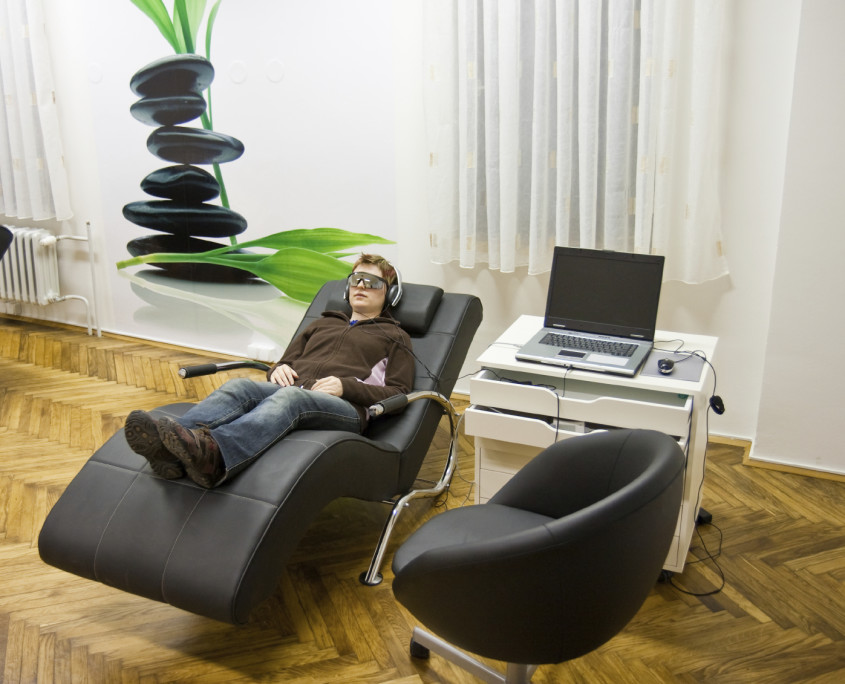 ● Electronic adjustments Numerous independent adjustment options with 4+1 motors ensure maximum patient comfort and reduce staff effort. 4 motors as standard: back seat tilt footrest seat height ● Manual adjustment footrest (electronic footrest adjustment available as an option) ● Easy to use microprocessor controlled handset Specially designed for medical applications: Long life microswitches located under the removable keyboard membrane Fluid housing with protection IP 67 Easy to use handset with 13 buttons Dedicated gray buttons for each movement. Yellow buttons for setting the entry and prone positions with just a few swipes The head-down Trendelenburg position can be easily reached from any previous position using the red button ● Reclining armrest The fully padded armrest allows you to achieve the most suitable and comfortable hand position for any body type. It can be adjusted in height, and to enter the chair, you just need to fold it up. The multi-layer padded armrest cushion is fully liquid-proof and provides increased patient comfort.
● Electronic adjustments Numerous independent adjustment options with 4+1 motors ensure maximum patient comfort and reduce staff effort. 4 motors as standard: back seat tilt footrest seat height ● Manual adjustment footrest (electronic footrest adjustment available as an option) ● Easy to use microprocessor controlled handset Specially designed for medical applications: Long life microswitches located under the removable keyboard membrane Fluid housing with protection IP 67 Easy to use handset with 13 buttons Dedicated gray buttons for each movement. Yellow buttons for setting the entry and prone positions with just a few swipes The head-down Trendelenburg position can be easily reached from any previous position using the red button ● Reclining armrest The fully padded armrest allows you to achieve the most suitable and comfortable hand position for any body type. It can be adjusted in height, and to enter the chair, you just need to fold it up. The multi-layer padded armrest cushion is fully liquid-proof and provides increased patient comfort.